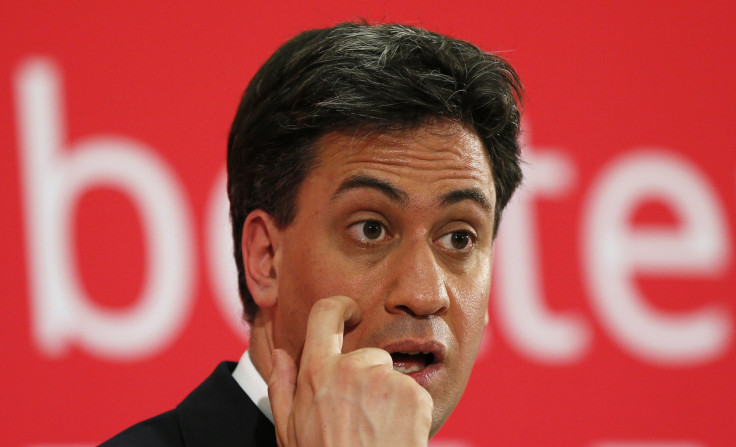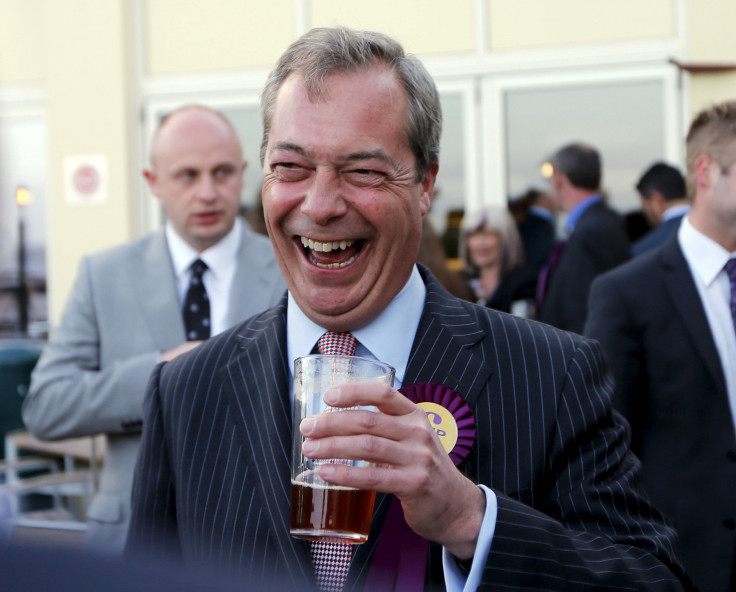UK General Elections 2015: A Cheat Sheet Guide To The Tight Election

British voters go to the polls on Thursday to vote for a new parliament in what is expected to be one of the tightest general elections in recent history. The Conservative Party, led by sitting Prime Minister David Cameron, are neck-and-neck with their usual rivals, the Labour Party now led by Ed Miliband.
Thursday’s general election is much like Congressional elections in the U.S., as voters will vote for their Member of Parliament (MP) to represent their local constituencies. There are 650 seats in total and 323 seats are needed to form a majority, because the Irish Sinn Fein party traditionally has refused to take its seats. The winner of the most seats then approaches the Queen, who allows them to form a government, which is then presented before parliament for a confidence vote. If the winning party has an outright majority, then it can easily get a vote of confidence, but if a party does not, it has to form a coalition government with smaller parties to get enough confidence votes to carry on.
What To Expect On Thursday: Cameron’s Conservative Party is expected to win the most seats on Thursday, but not enough for an outright majority. The problem for Cameron is that the party he formed a coalition with in 2010 -- the Liberal Democratic Party -- stands to lose a large number of seats on Thursday, so the Conservatives will have to bring more parties into the coalition. Depending on how smaller right-wing parties do, the Conservatives may not have enough support to build a coalition big enough for a majority. Still, Cameron can take his government to the parliament for a confidence vote, but Labour would likely shoot that down, because it means Cameron would have to resign and give the Labour Party’s Miliband a shot at forming a government.
The political trackers at FiveThirtyEight predict Cameron’s Conservative Party will take around 281 seats and the Liberal Democrats will lose about 30 seats, bringing them down to 26 seats total. That means a Tory-Lib Dem coalition would have to draw another 16 seats from smaller parties to hit 323. It would try and likely succeed drawing from the far-right U.K. Independence Party (UKIP), the remains of the Lib Dems and the Northern Irish Democratic Unionist Party, or DUP.
If Miliband’s Labour Party wins or if Cameron fails and Miliband is given a chance to form a government, he'll have to work out a coalition himself. Both the Labour Party and Scottish National Party have said they're ruling out a formal coalition, but the SNP said it would enter a "supply and confidence" arrangement with Labour, which means the SNP would give Labour's minority government a "yes" in the confidence vote in exchange for Labour's future support on key SNP issues. The SNP is expected to gain as many as 47 seats, giving the party 53 seats in Westminster, adding to Labour’s 266 expected seats. Even if the SNP cozies up, Labour would likely have to draw the Green Party or even the Lib Dems into a coalition to hit 323.

It appears that the UKIP could do much better than many predict, at least at the polls. UKIP is expected to take some votes from the Tories, but are not expected to have enough to gain a significant stake in parliament. With the Conservatives losing seats to UKIP, those constituencies would likely swing over to Labour, giving Miliband a boost he’ll need to hit a majority with a coalition. The Financial Times has a “coalition calculator” that will tell you what coalitions are possible depending on the number of seats each party wins.
Party Stances: For a full breakdown of each party’s stance on the major issues in the U.K., see the Independent’s policy checker. The biggest issues this year are:
Immigration: All major parties agree there is a need for some measures to curb the burden immigrants put on the U.K.’s welfare system. The Conservative Party would make the student visa system more demanding and initiate legislation to prevent immigrants from receiving state benefits for the first four years of their residency. Labour would also cut benefits for recently arrived immigrants, but for just two years. The Lib Dems want immigrants with poor English-language skills to attend classes and promote the immigration of skilled foreigners. The SNP wants more independence for Edinburgh to decide its immigration policies. UKIP would both leave the European Union to pull out of EU immigration standards and would stop unskilled migrants from entering the country for five years.
Great Britain’s Role In The EU: Cameron promised that if the Tories lead the government for another five years, he would hold an EU exit referendum by the end of 2017. Miliband and the Labour Party would likely not hold such a referendum. The Lib Dems would go along with a referendum if there was a real question of giving more power over to the EU. The SNP does not want to leave the EU at all. UKIP wants to leave at all costs.
The State Of The National Health Service: The NHS is Great Britain’s public health system and is currently facing a major funding crisis. Miliband has worked hard to make the NHS the biggest issue in recent weeks. He and his party want to reform the NHS, bringing physical health, mental health and social care all under one umbrella service. Labour leaked a report on Tuesday that said the NHS would run a 2 billion pound sterling (about $3 billion) deficit this year. Labour would immediately pump 2.5 billion pounds into the NHS, while Cameron promised 8 billion pounds over the next five years, but also large-scale spending cuts, that Miliband says will destroy the NHS.
UKIP’s fiery leader Nigel Farage wants to crack down on “medical tourism” and “put our own people first,” to save the NHS money it uses to care for foreign-born patients. All other major party leaders condemned that statement.

© Copyright IBTimes 2024. All rights reserved.






















